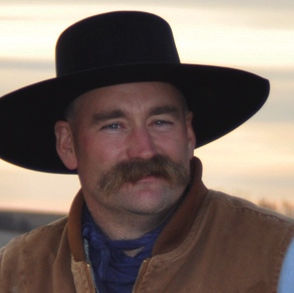This wind story has accelerated to nearly a daily occurrence that someone calls for help about a proposed wind development system somewhere in the Great Plains. Intermittent power, in my opinion, will never be the solution for our electric needs.
Do you know how many people have told me that they received a government payment to put in solar or wind generation but now they can’t afford to buy the batteries? Tons of them.
Why is it that there suddenly seems to be a huge push to build these systems everywhere? The Department of Energy has posted this information on their own website:
The Inflation Reduction Act (IRA), which became law on August 16, 2022, extends and increases tax credits for wind energy projects that begin construction prior to January 1, 2025. Starting in 2025, the IRA converts energy tax credits into emissions-based, technology-neutral tax credits available to all types of power facilities with zero or net-negative carbon emissions. The IRA begins phasing out either in 2032 or when total greenhouse gas emissions in the power sector decline to at least 75% below 2022 levels—whichever comes last.
Yes indeed, here is the federal government doling out your tax dollars to create a boom, bust scenario in the wind energy industry. Wind is not sustainable, period. If you don’t want to take my word for it, see what researchers from Harvard University said in 2018. From their own website I found this:
In two papers—published today in the journals Environmental Research Letters and Joule — Harvard University researchers find that the transition to wind or solar power in the U.S. would require five to 20 times more land than previously thought, and, if such large-scale wind farms were built, would warm average surface temperatures over the continental U.S. by 0.24 degrees Celsius.
In previous research, Keith and co-authors modeled the generating capacity of large-scale wind farms and concluded that real-world wind power generation had been overestimated because they neglected to accurately account for the interactions between turbines and the atmosphere.
The subject is not different than the demonization of carbon dioxide and trying to convince people that this vital plant nutrient must be encapsuled in the earth and shoved a mile deep. Here is the deal: the very emissions that everyone is trying to avoid, CO2, actually enable life.
Before you sign any agreement I would encourage you to pay attention to the fine print about all the things you will not be able to do after you enroll, including making decisions about how to use your own land.
The hardest calls I am get are from the person who is at odds with family about whether or not to sign the conservation easement at $50 an acre or whether to allow the wind developer to control their family’s property for the rest of their lives. When family members cannot agree on this, it only goes from bad to worse.
In closing, I don’t intend to tell anyone what to do with their property; I am for ultimate property rights. But I do ask you this question: How will your kids or grandkids be handcuffed and eventually put out of land ownership in a generation or two from now because of the decisions you made while standing there holding out your hand?
Editor’s note: The views expressed here are the author’s own and do not represent the views of High Plains Journal. Trent Loos is a sixth generation United States farmer, host of the daily radio show, Loos Tales, and founder of Faces of Agriculture, a non-profit organization putting the human element back into the production of food. Get more information at www.LoosTales.com, or email Trent at [email protected].


